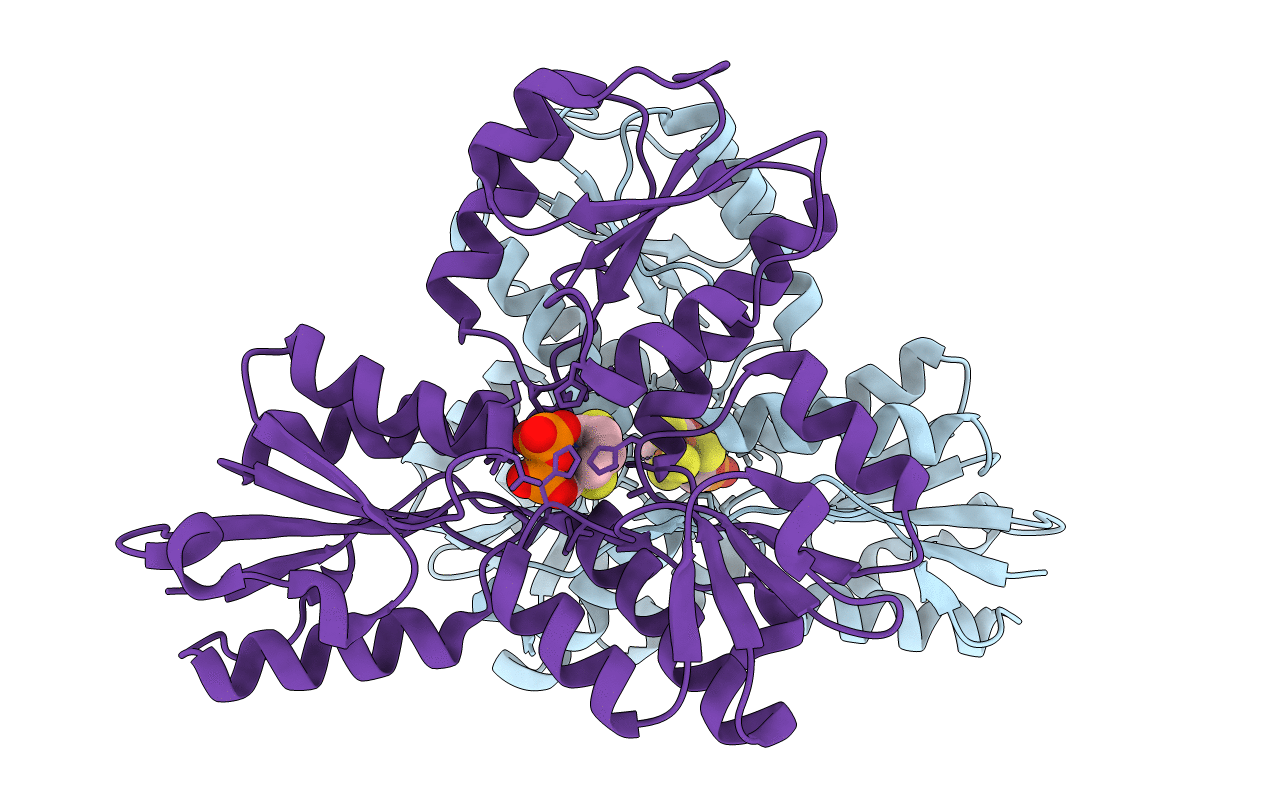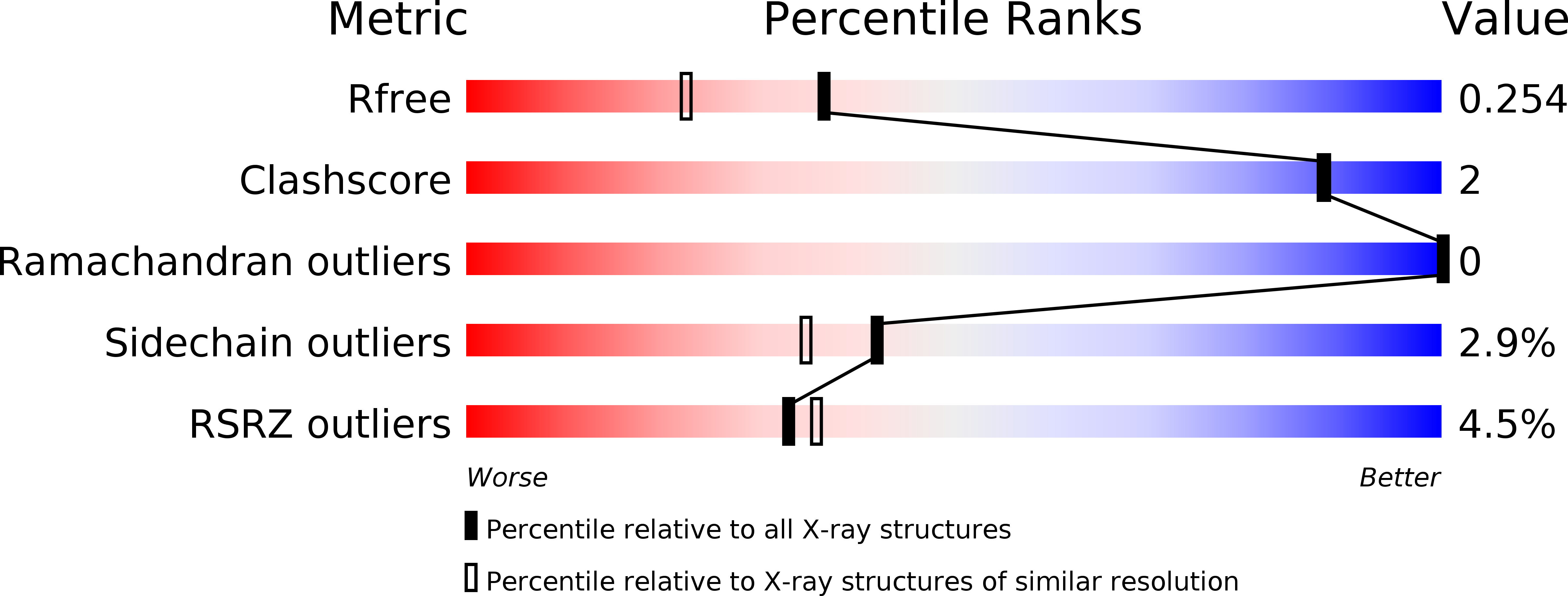
Deposition Date
2013-09-23
Release Date
2014-06-11
Last Version Date
2023-09-20
Method Details:
Experimental Method:
Resolution:
1.90 Å
R-Value Free:
0.25
R-Value Work:
0.21
R-Value Observed:
0.22
Space Group:
P 21 21 21


